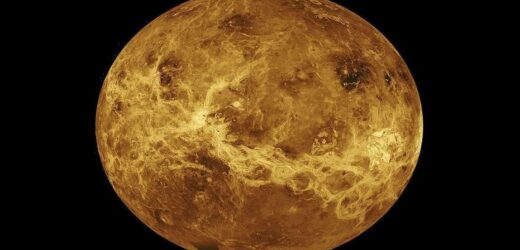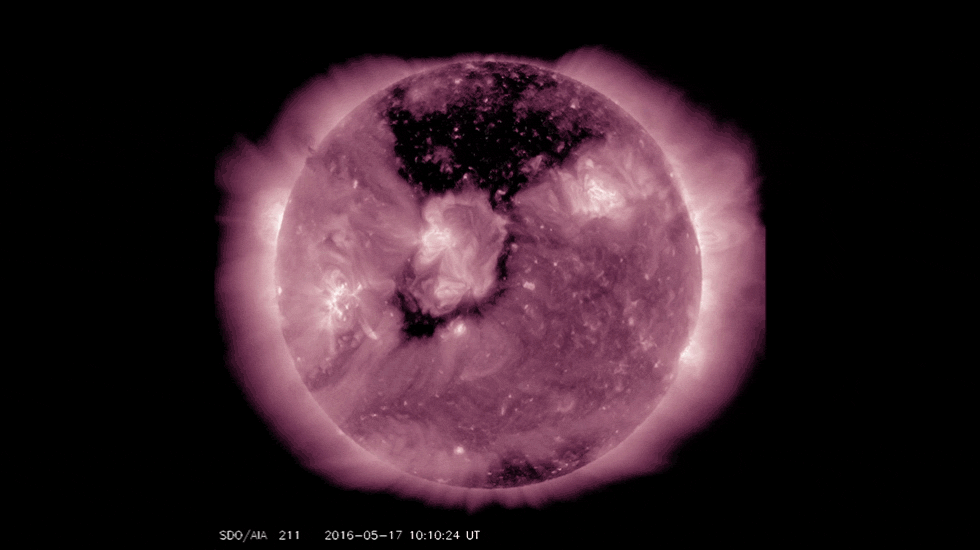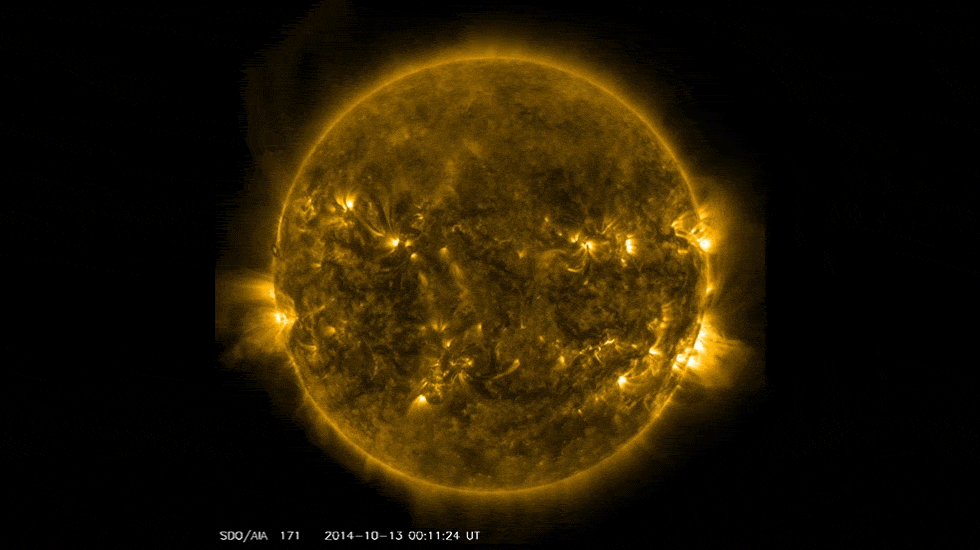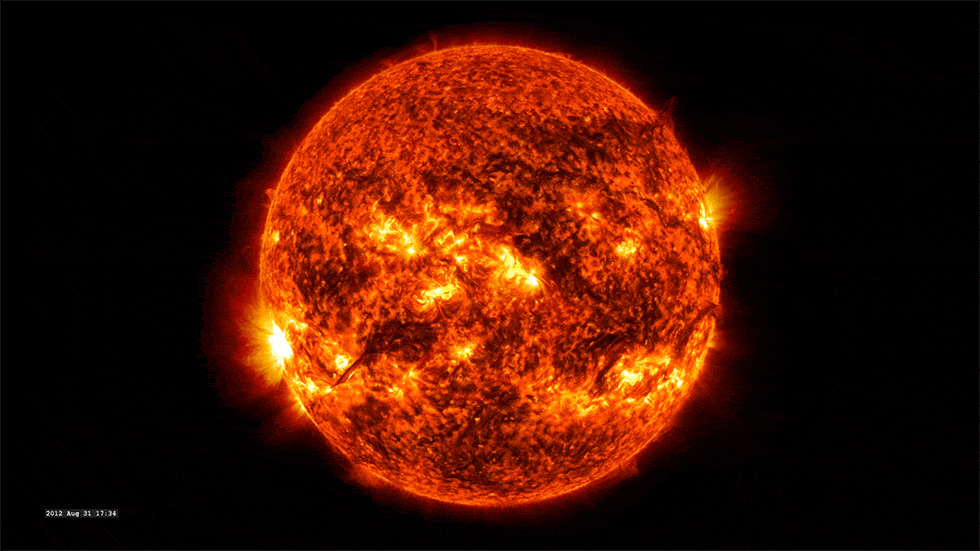NASA plans mission to Venus amid renewed interest in space exploration
Former NASA astronaut Mike Massimo tells ‘Your World’ why space has become more ‘accessible’
The U.S. Postal Service has issued a new set of stamps celebrating 10 years of sun-watching from the National Aeronautics and Space Administration’s (NASA) Solar Dynamics Observatory (SDO).
On June 18, the stamps were presented during a ceremony at the Greenbelt Main Post Office in Maryland, according to a Friday NASA release.
“It’s such a pleasure to see these gorgeous stamps,” Dr. Nicky Fox, Division Director for NASA’s Heliophysics Division at NASA Headquarters in Washington, D.C., said in the announcement. “I look at each of these pictures from the Solar Dynamics Observatory and am reminded of how they help us learn more about the sun and the way its constantly changing atmosphere can affect Earth and the planets. I’m pleased that this imagery will be shared by the Postal Service with the whole country.”
The sun, the heart of the solar system, may be almost 93 million miles from the Earth, but in SDO photos it appears in stunning detail.
The mission was first launched in February of 2010, providing researchers with a better understanding of how solar activity is created and impacts space weather in addition to obtaining critical measurements of the star’s interior, atmosphere, magnetic field and energy output.
The dark area capping the northern polar region of the Sun is a coronal hole, a magnetically open area on the Sun from which high-speed solar wind escapes into space. Such high-speed solar wind streams can spark magnificent auroral displays on Earth when they collide with our planet’s magnetic field. These images were captured May 17-19, 2016, and the image on the stamp is from May 17. The images show the Sun in 211 Angstrom light, a wavelength of extreme ultraviolet light. This type of light is invisible to our eyes and is absorbed by Earth’s atmosphere, so it can only be seen by instruments in space.
(NASA/SDO)
Using two imaging instruments – the Atmospheric Imaging Assembly and the Helioseismic and Magnetic Imager – the SDO began collecting data a few months after its launch, providing ultra high-definition imagery of the sun in 13 different wavelengths of light.
After more than a decade of observation, SDO has provided scientists with hundreds of millions of pictures.
This view highlights the many active regions dotting the Sun’s surface. Active regions are areas of intense and complex magnetic fields on the Sun – linked to sunspots – that are prone to erupting with solar flares or explosions of material called coronal mass ejections. This image was captured on Oct. 8, 2014, in extreme ultraviolet wavelength 171 Angstroms.
(NASA/SDO)
The 10 SDO images on the stamps display a range of solar activity witnessed by the spacecraft.
For example, a coronal hole – a magnetically open area from which high-speed solar wind is released into space – caps the northern polar region on the sun.
These images show a burst of material from the Sun, called a coronal mass ejection. These eruptions of magnetized solar material can create space weather effects on Earth when they collide with our planet’s magnetosphere, or magnetic environment – including aurora, satellite disruptions, and, when extreme, even power outages. These images are a blend of extreme ultraviolet wavelengths 171 and 304 Angstroms, captured on Aug. 31, 2012.
(NASA/SDO)
An active sun is shown on another stamp, highlighting areas of intense and complex magnetic fields on the sun that are prone to erupting with solar flares or explosions.
CLICK HERE FOR THE FOX NEWS APP
A plasma blast is shown with a coronal mass ejection – an eruption of magnetized solar material that can create space weather effects on Earth.
Coronal loops, sunspots and solar flares are also featured in hues of red, orange and blue.
Source: Read Full Article






